Las Calles y Sus Temas: Map of Mexico City
When I first moved to Mexico City I lived on Calle Marsella in between Berlin and Dinamarca. I thought it was funny that I’d moved to Mexico only to find myself in Europe. Soon I learned that if an address was a river, it would be in Cuauhtémoc. If it was a philosopher, Polanco was the destination. Just as I learned the language, I learned the peculiar logic of street names. Throughout 2022, I conducted an informal investigation with the help of Ellen Freeman. We documented more than 150 themes, including sea animals, operas, poets, and types of military equipment.
Like so many things in Mexico City, the street names embrace the surreal over the strictly logical. I always knew the city contained universes, but I found it contains constellations, satellites and planets too. You can ride the metro from Cuatro Caminos to Tasqueña without noticing you’ve crossed over oceans, deities, poets, and continents—but, if you learn to pay attention, the entire city becomes a tarot card reading full of symbols and coincidences.
In the book Circuito Interior, Francisco Goldman writes of Colonia Trabajadores de Hierro (Iron Workers): “What’s it like to be a child, trying to incorporate the fact that you live on Calle Metalúrgicos (Metallurgists Street) into your sense of the world’s hidden meanings and magic and of your place at the very centre of it all? That your street, your colonia, is a magnet, pulling the entire universe down towards you?”
Understanding Mexico City through its colonias and streets names becomes a process similar to birdwatching or mushroom hunting during a walk through the forest; our attention expands to discover new meanings, where previously we’d only seen trees.
The map was printed as a six-color screenprint (signed series of 50) as well as printed digitally, and distributed by Mixed Media Press in Mexico City.
The project was written up in La Reforma newspaper and Local.mx.
Each neighborhood in Mexico City has its own theme for the names of its streets. Sea animals, professions, wonders of the world, and operas are just a few:
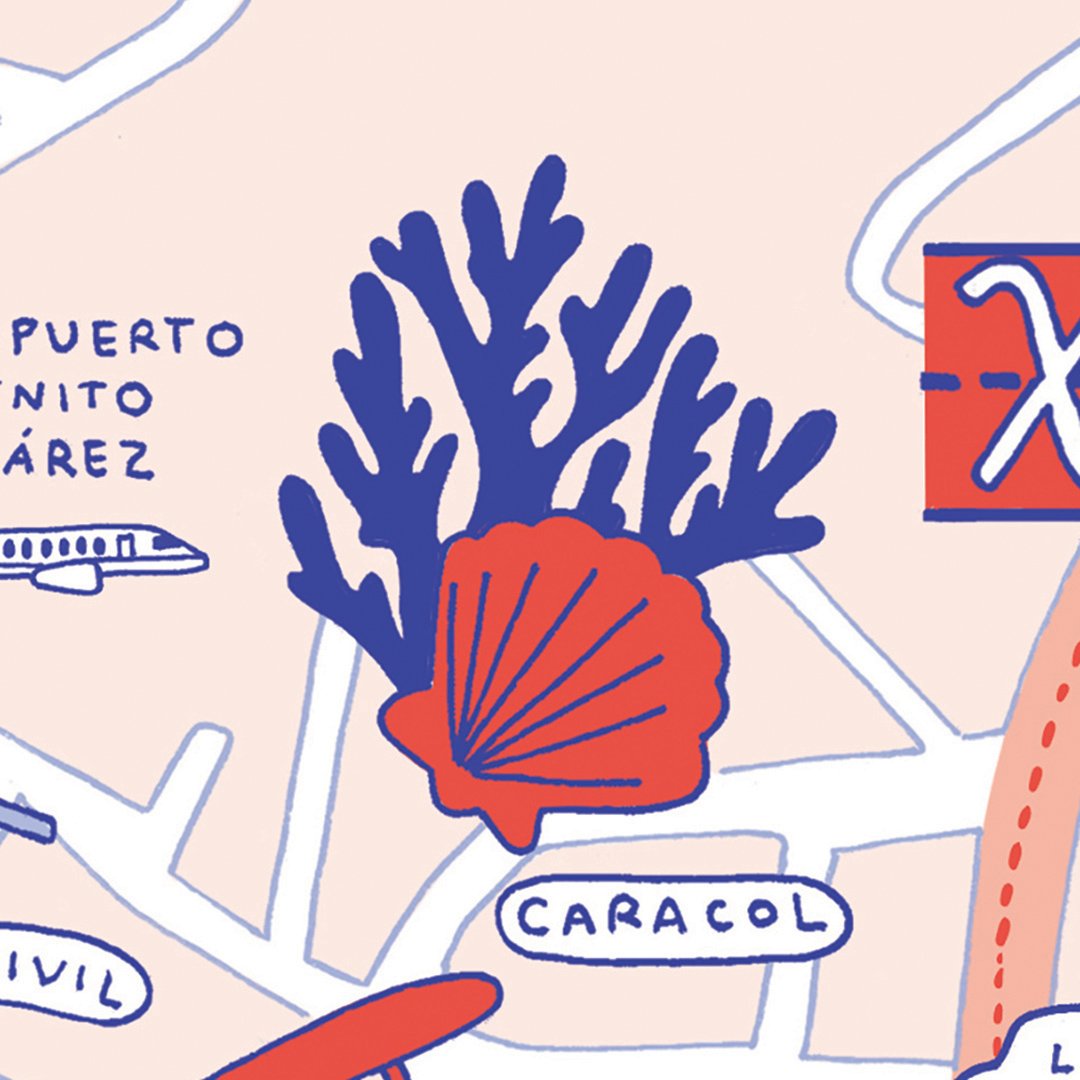


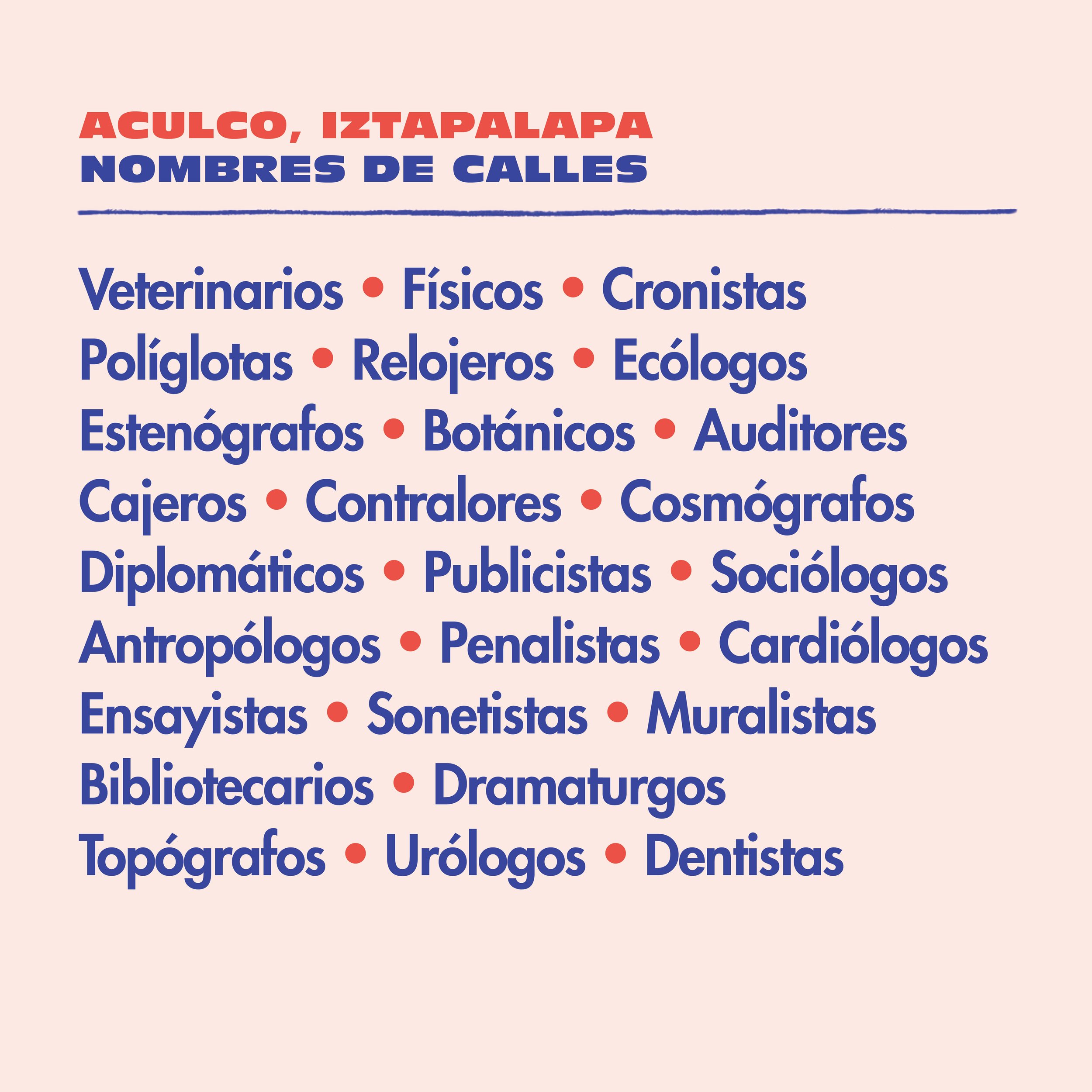
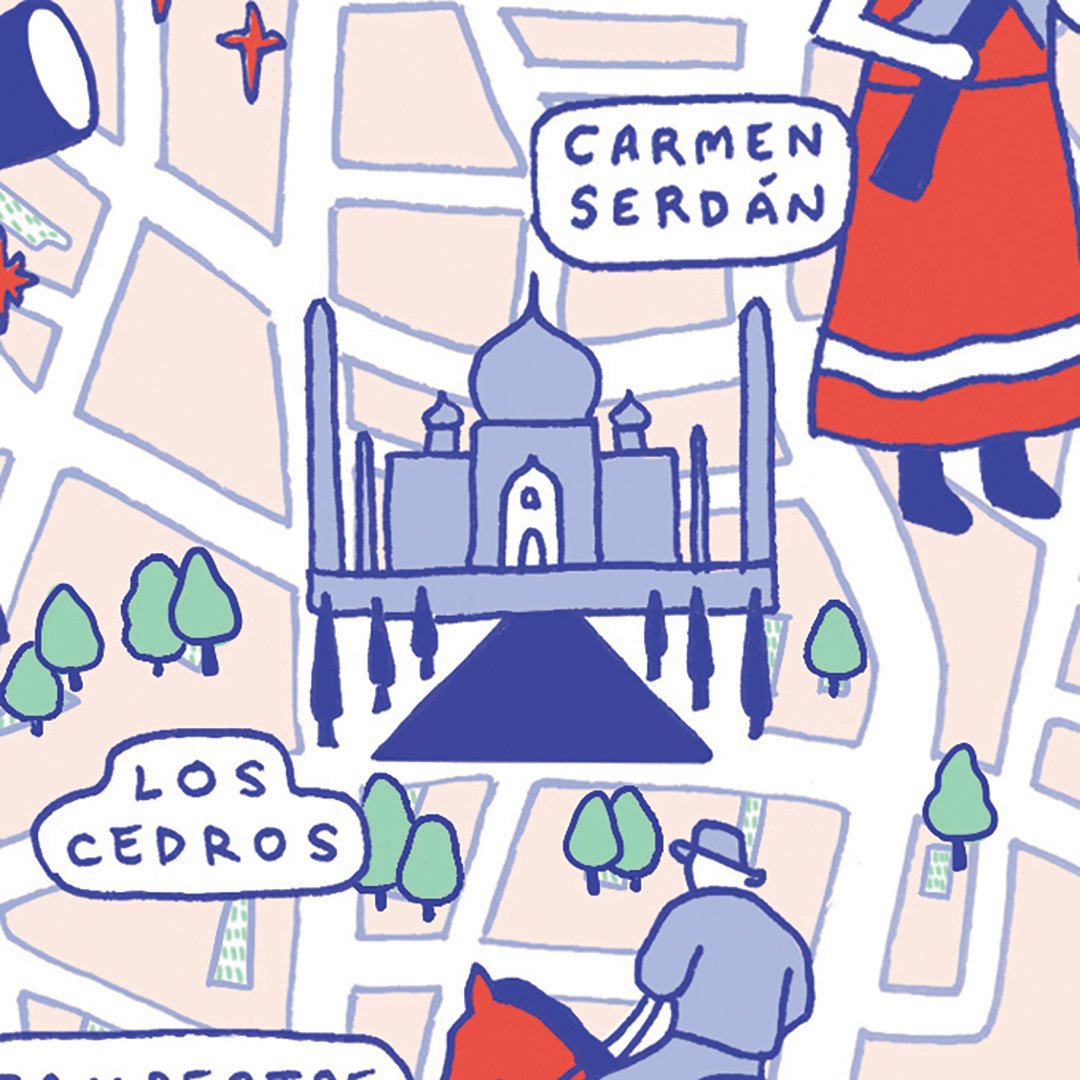
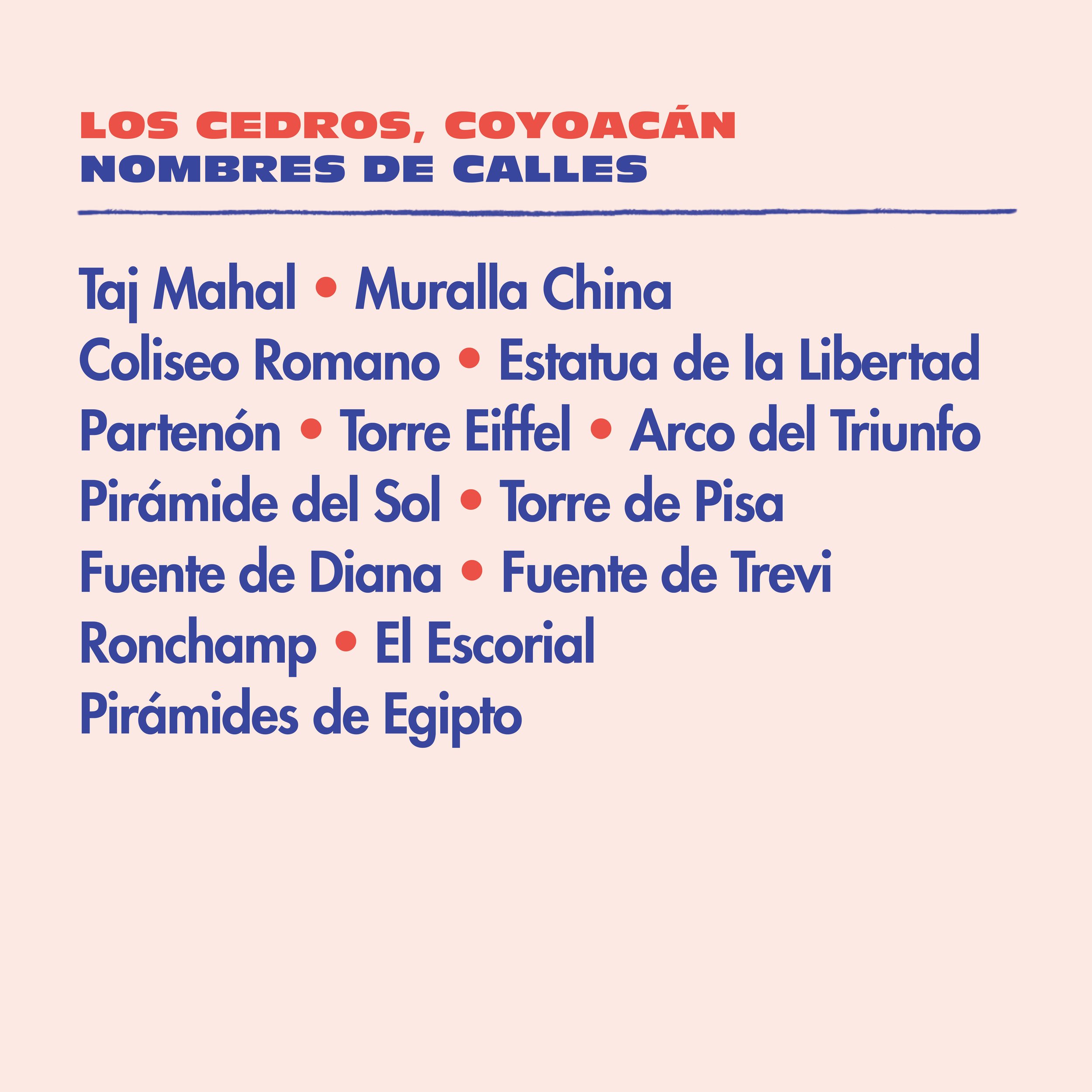
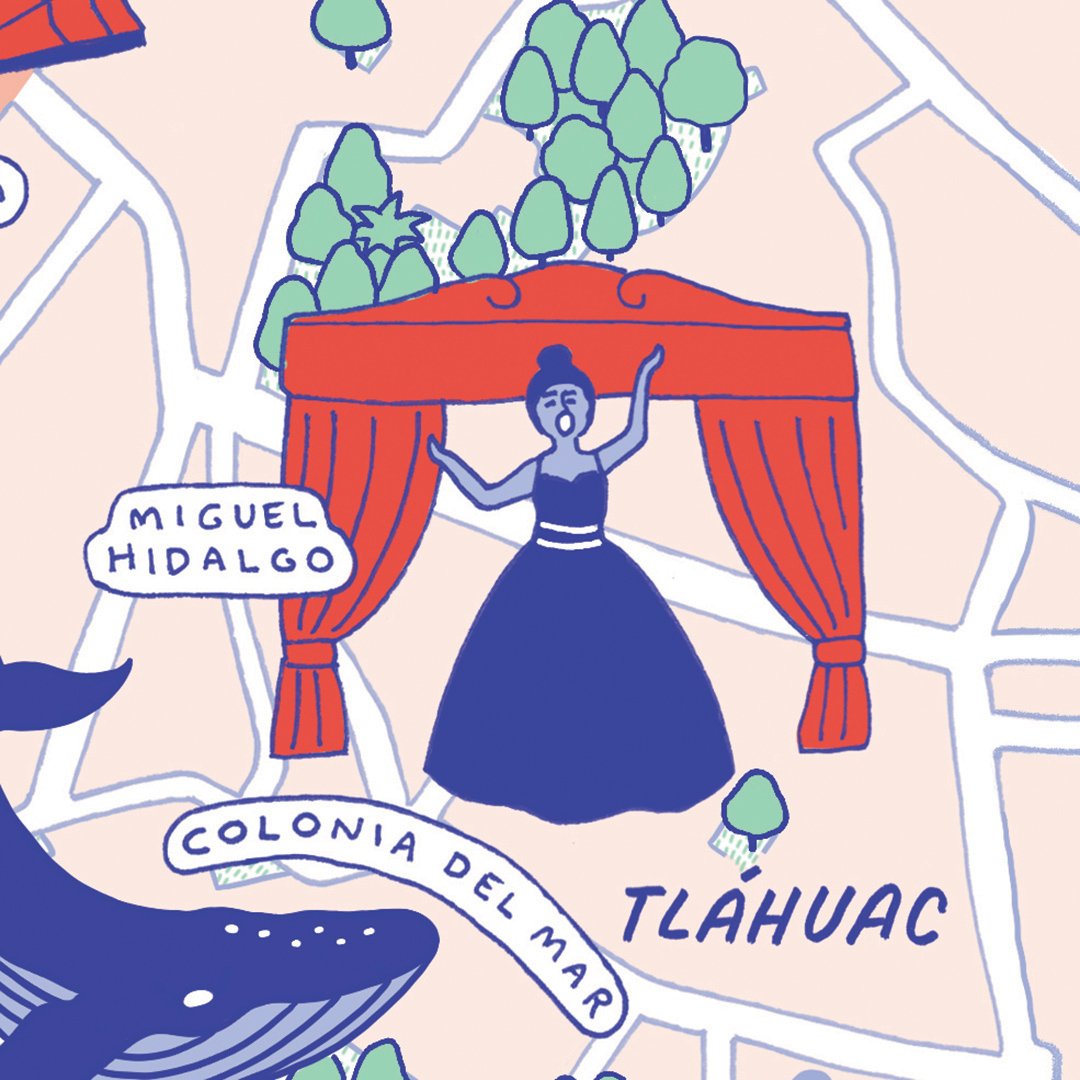
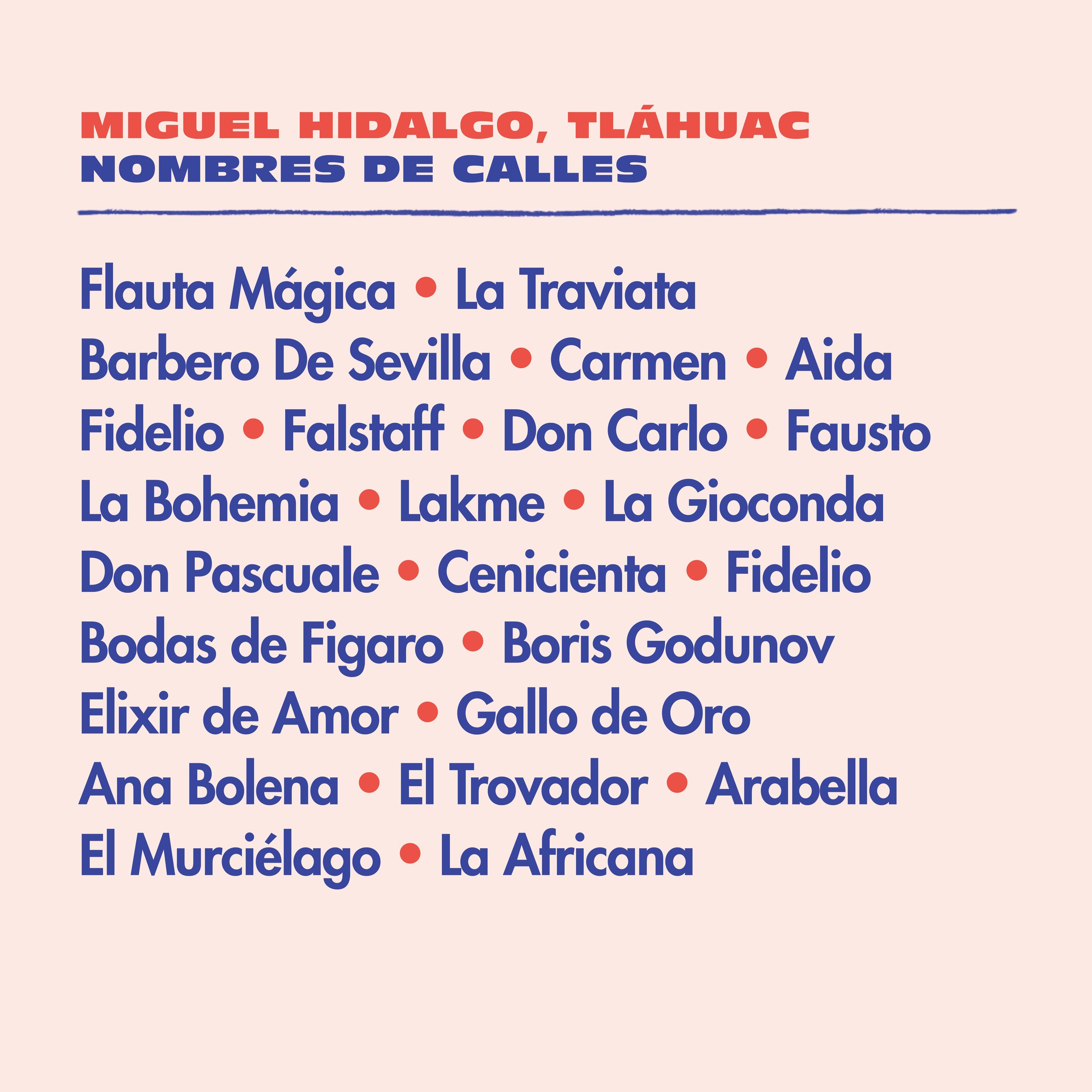
A few more examples overlayed on Google Maps: African countries, Natural moons of Saturn, Geology, Greek Mythology, and the Iliad.
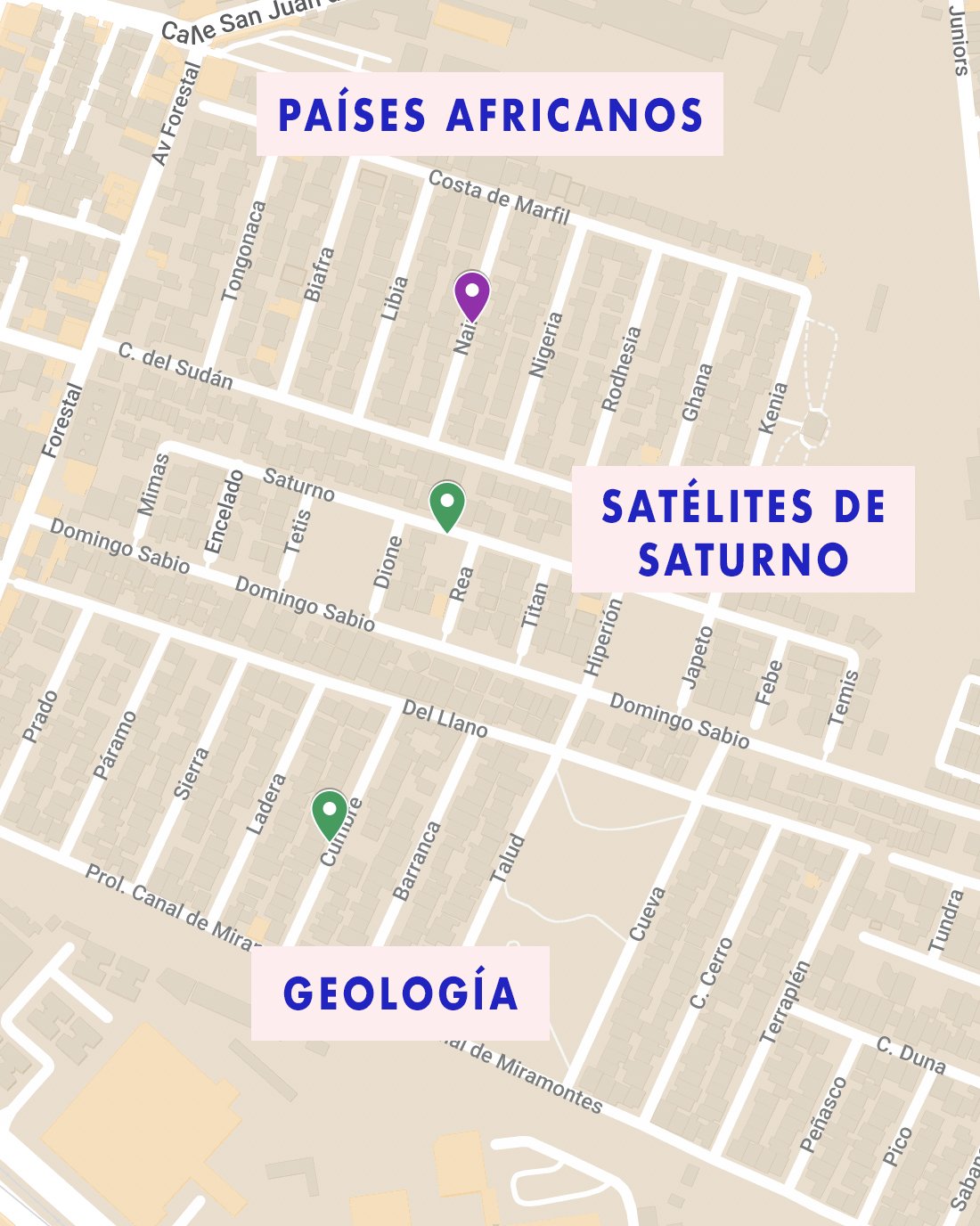
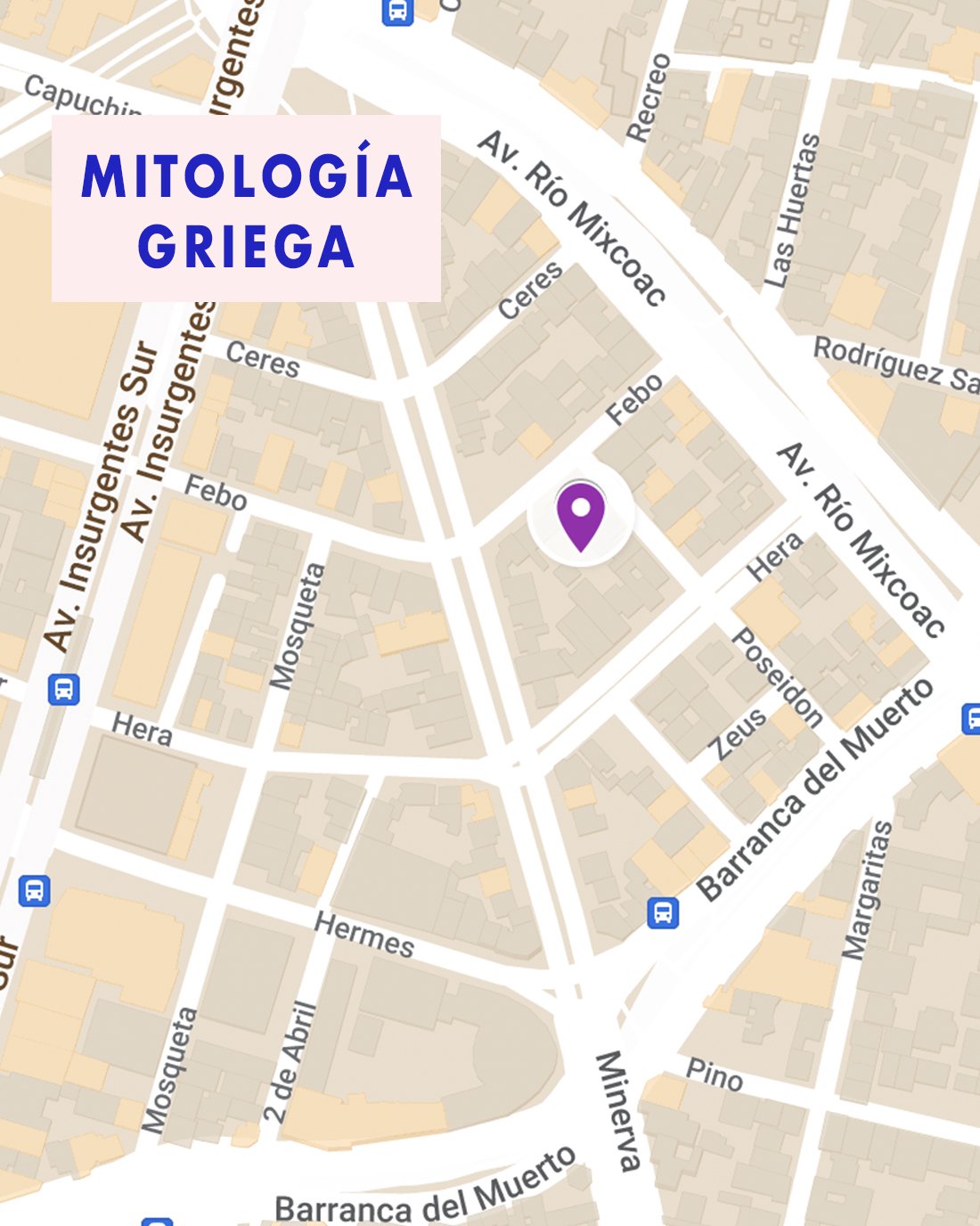

As part of my research, I also interviewed people who had grown up or spent time in these neighborhoods. Their stories added lived experience to my investigation. What was it like to grow up in Colonia Media Luna (Half Moon), where the streets are named for planets? One respondent spent their childhood visiting friends on other planets, while their crush lived on Calle Marte (Mars Street) — always just out of reach.
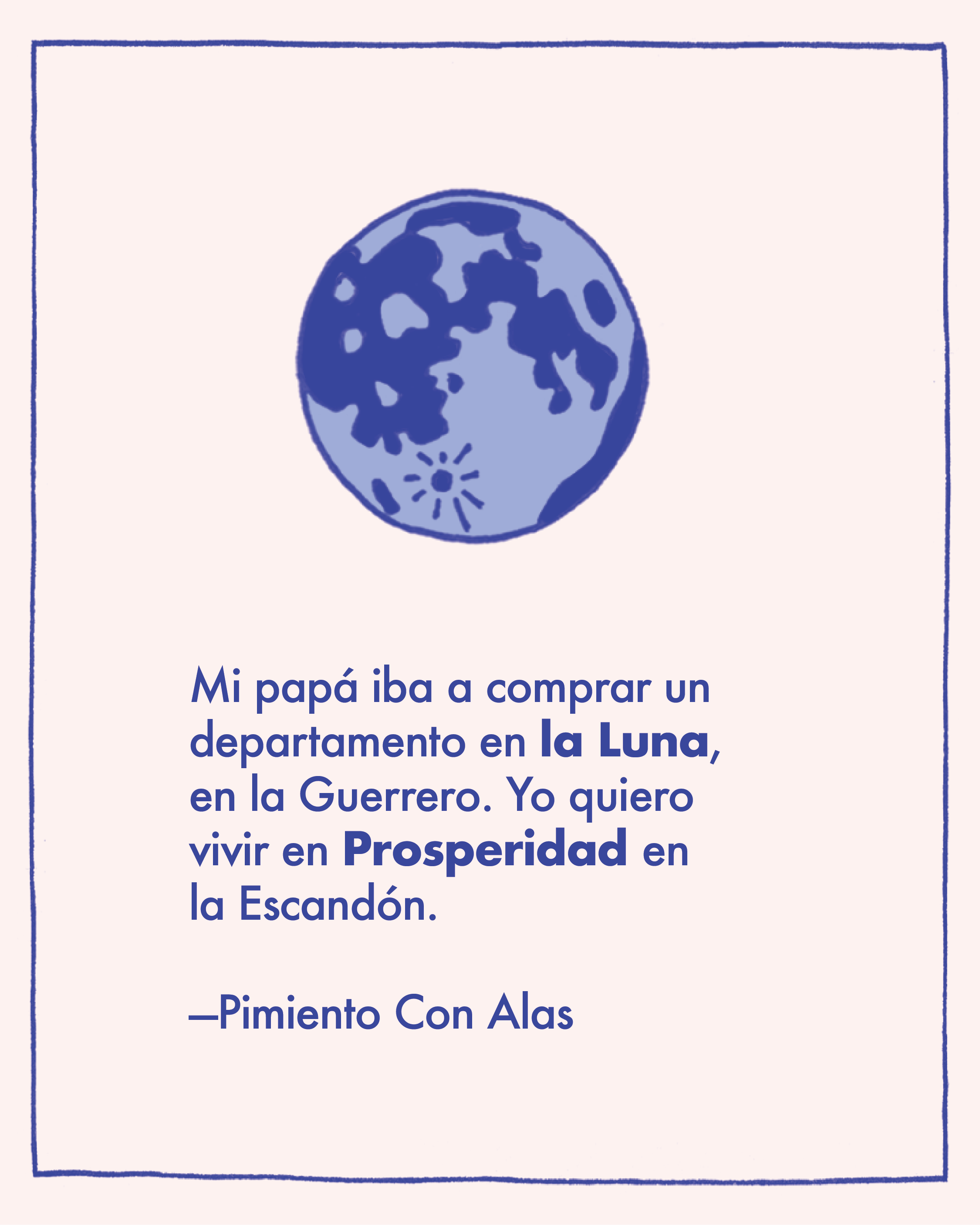


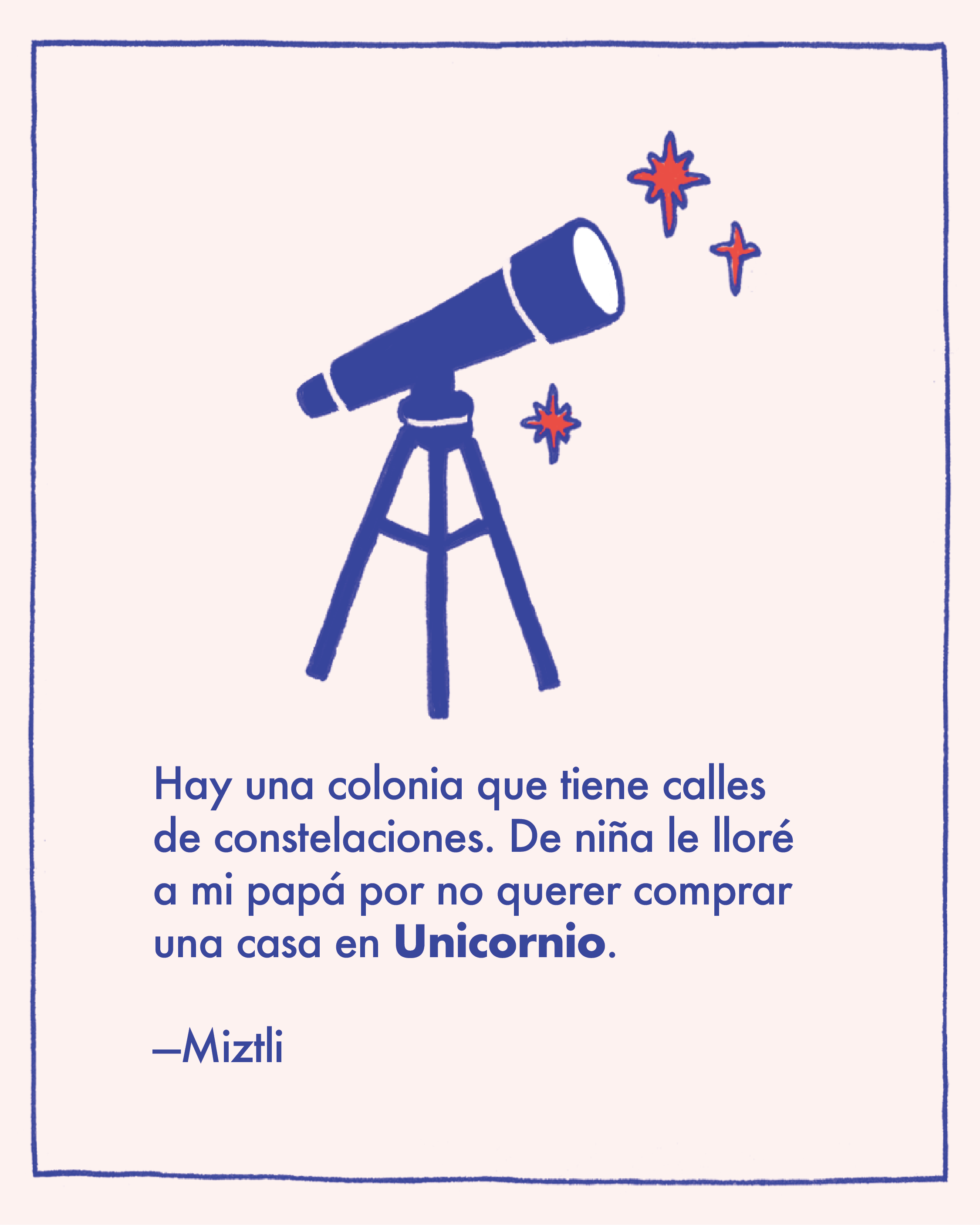


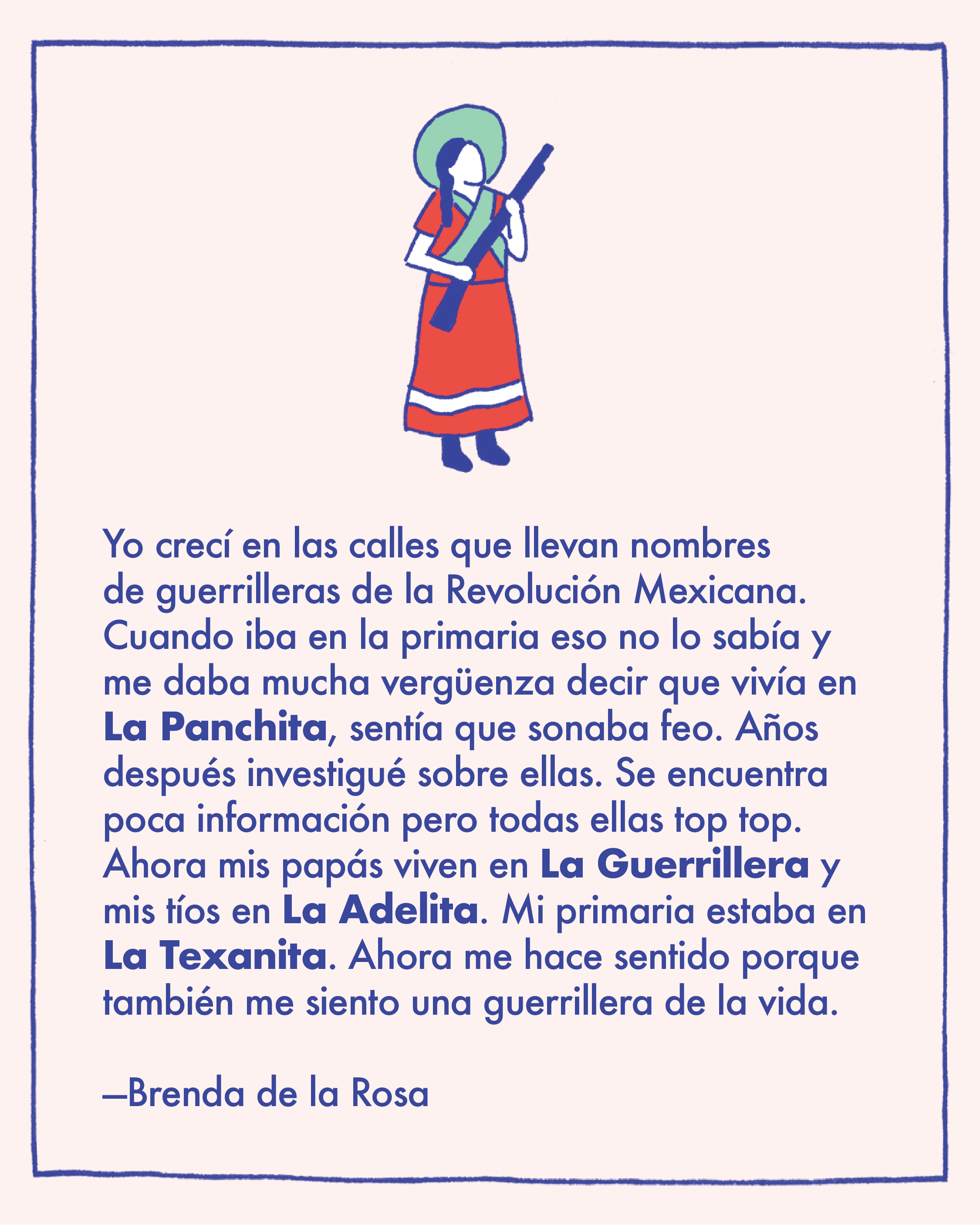

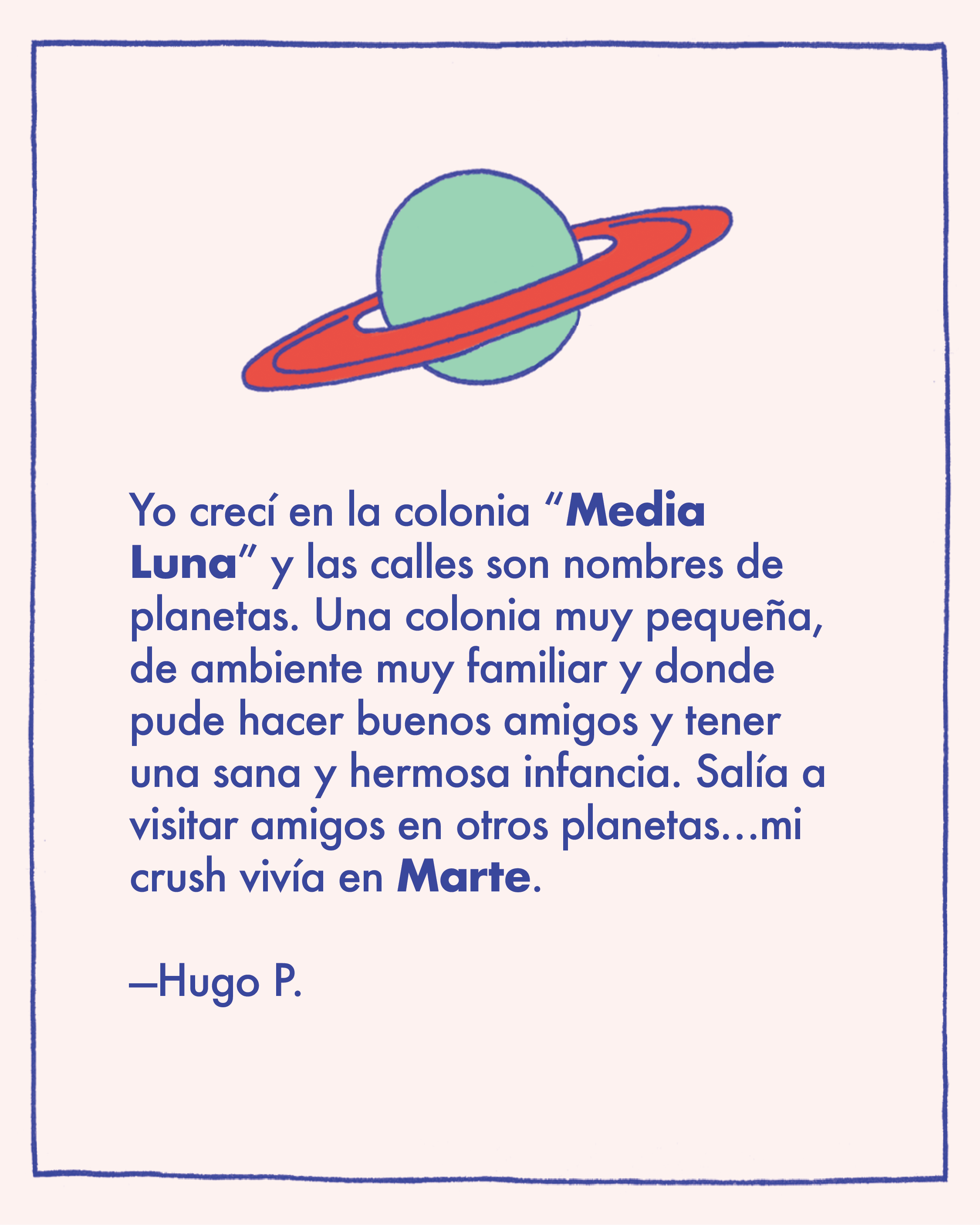
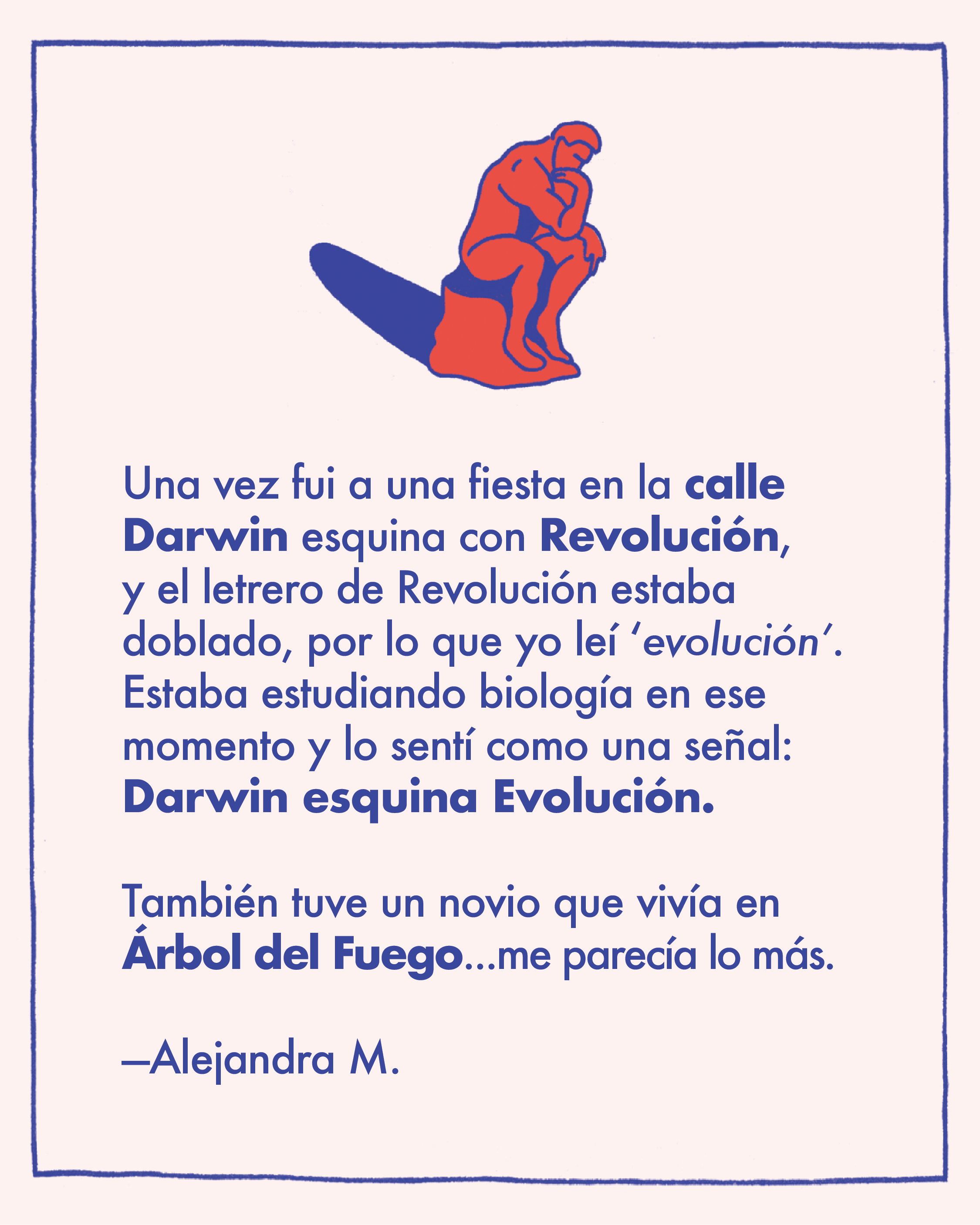
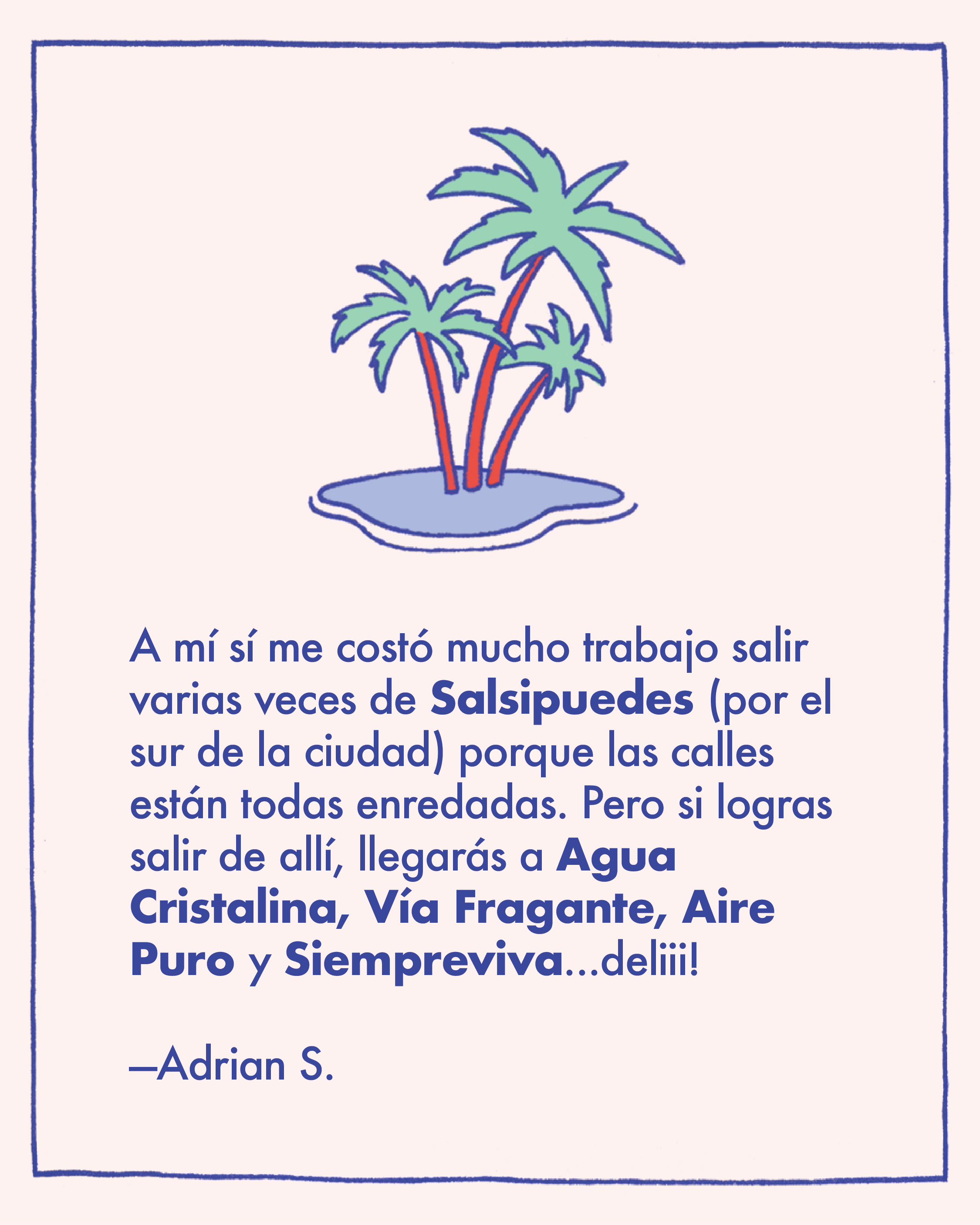
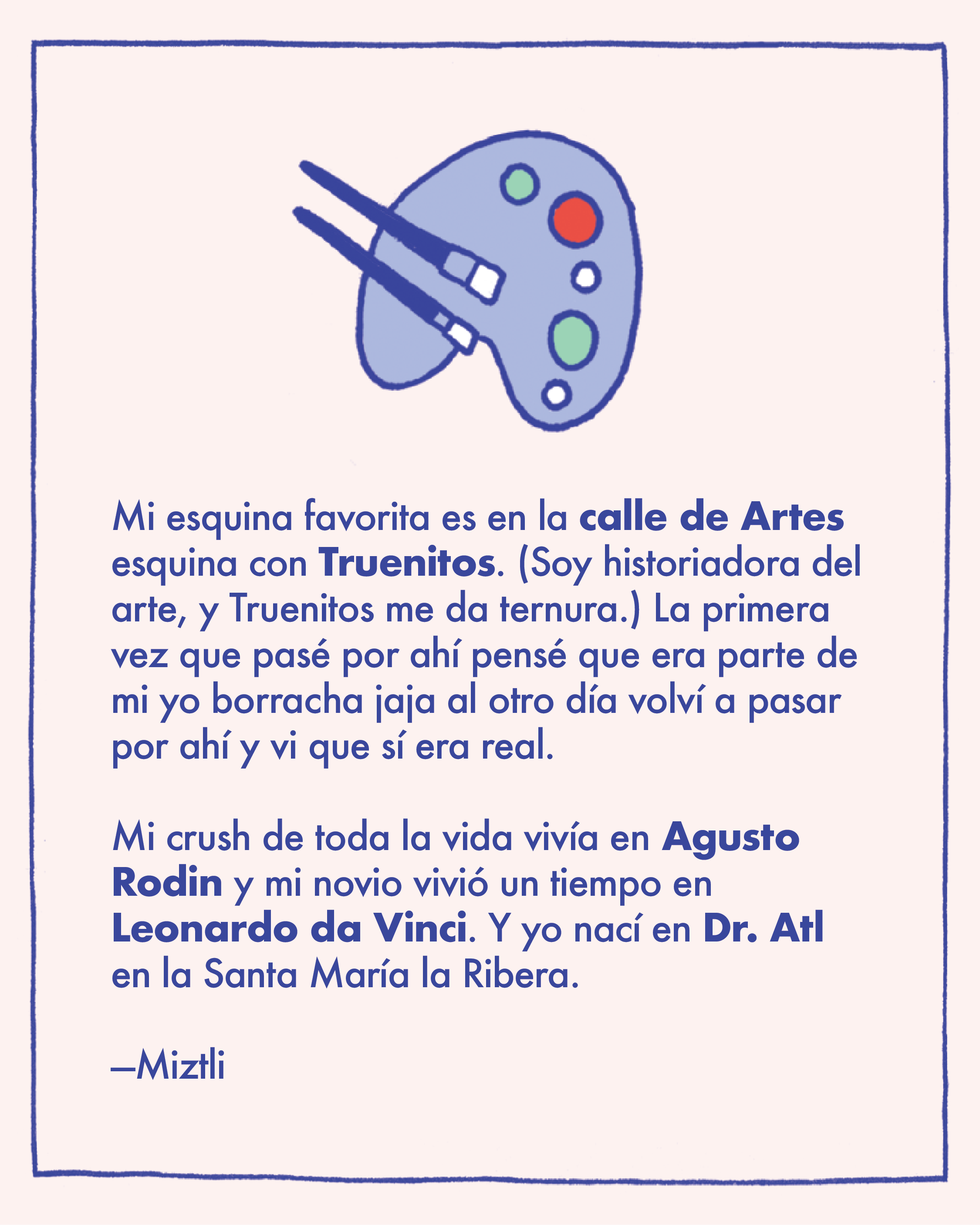
An extremely detailed love letter to Mexico City, the map documents more than 140 themes of street names por primera vez.







